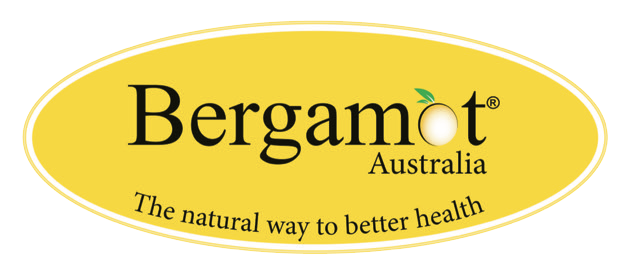Authors
Simona Delle Monache, Patrizia Sanità, Elena Trapasso, Maria Rita Ursino, Paola Dugo, Marina Russo, Nadia Ferlazzo, Gioacchino Calapai, Adriano Angelucci, Michele Navarra
Abstract
Based on the growing deal of data concerning the biological activity of flavonoid-rich natural products, the aim of the present study was to explore in vitro the potential anti-tumoral activity of Citrus Bergamia (bergamot) juice (BJ), determining its molecular interaction with cancer cells. Here we show that BJ reduced growth rate of different cancer cell lines, with the maximal growth inhibition observed in neuroblastoma cells (SH-SY5Y) after 72 hs of exposure to 5% BJ. The SH-SY5Y antiproliferative effect elicited by BJ was not due to a cytotoxic action and it did not induce apoptosis. Instead, BJ stimulated the arrest in the G1 phase of cell cycle and determined a modification in cellular morphology, causing a marked increase of detached cells. The inhibition of adhesive capacity on different physiologic substrates and on endothelial cells monolayer were correlated with an impairment of actin filaments, a reduction in the expression of the active form of focal adhesion kinase (FAK) that in turn caused inhibition of cell migration. In parallel, BJ seemed to hinder the association between the neural cell adhesion molecule (NCAM) and FAK. Our data suggest a mechanisms through which BJ can inhibit important molecular pathways related to cancer-associated aggressive phenotype and offer new suggestions for further studies on the role of BJ in cancer treatment.
Introduction
Citrus Bergamia Risso & Poiteau, a small tree belonging to the Rutaceae family, is cultivated almost exclusively along the southern coast of Calabria region (Italy), where the particular environmental conditions are favourable for its cultivation. Bergamot fruit is mostly used for the extraction of essential oil, widely used in perfume industry and recently investigated for its beneficial effects in neuroprotection [1]. Bergamot juice (BJ), instead, obtained from the endocarp of the fruit, is considered just a secondary and discarded product. Different studies have analyzed the chemical composition of BJ [2], [3], [4], [5] revealing its elevated content in flavonoids most of which can exert beneficial effect on human health. The most recurrent flavonoids present in BJ include flavanones and flavones.
Inhibition of carcinogenesis by flavonoids has been demonstrated both in vitro and in vivo [6]. Several underlying mechanisms have been proposed, including the suppression of cyclooxygenase-2 (COX-2) expression [7], decrease of reactive oxygen species (ROS) [8], [9], modulation of oncogenic signalling pathways and down-regulation of nuclear transcription factor kappa B (NF-kB) [10], [11]. The resulting effects are the arrest of proliferation and the induction of the apoptosis in cancer cells [12], [13]. Moreover, several flavonoids have demonstrated radical-scavenging and anti-inflammatory activities [14], [15], [16]. Importantly, flavonoids do not present any significant toxicological risk and the safety margin for their therapeutic use in humans is very large [17]. In addition, other studies suggest that flavonoids could inhibit tumoral invasion and metastasis [18], [19], [20]. Findings in animals and investigations by using different cellular models suggest that certain flavonoids could effectively inhibit also tumour progression. In particular, naringin, one of the flavonoids present in the BJ, was able to reduce the high glucose-induced ICAM-1 expression via the p38 MAPK signalling pathway, contributing to the inhibition of monocyte adhesion to endothelial cells [19]. Moreover it has been demonstrated that flavanone and 2′-OH flavanone perturb the invasion and metastasis of lung cancer cells probably through inactivation of ERK 1/2 and p38MAPK signalling pathways [20]. Much of these effects can be attributable to the ability of flavonoids to interact with mitogenic or migratory signalling pathways but the precise underlying molecular mechanisms remain largely unclear.
The antitumor potential of natural products rich in flavonoids is probably underestimated and further studies elucidating their molecular interaction are warranted. In this study we demonstrate that BJ has a potential anti-tumoral capacity and that in a neuroblastoma cell model this action is realized mainly through an early impairment in cell adhesive and migratory machinery.
Article Source: https://journals.plos.org/plosone/article?id=10.1371/journal.pone.0061484

